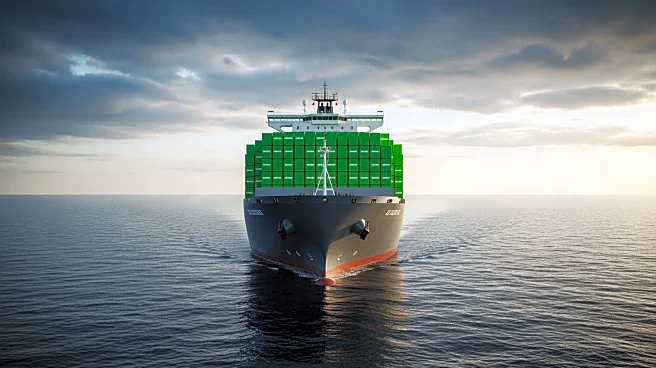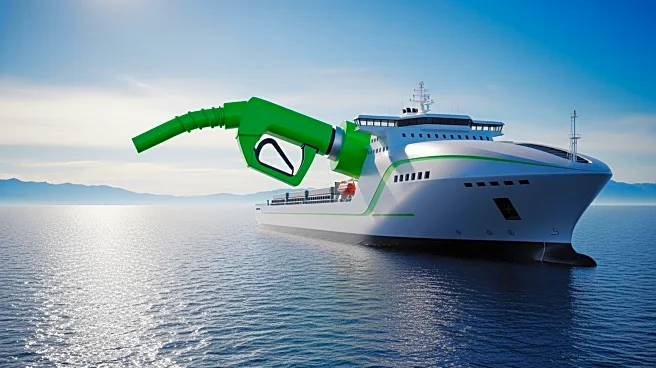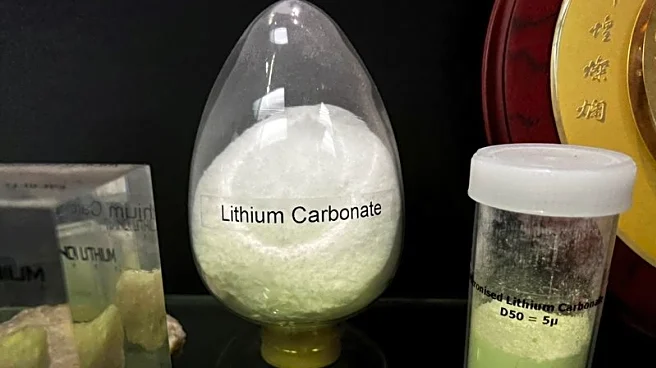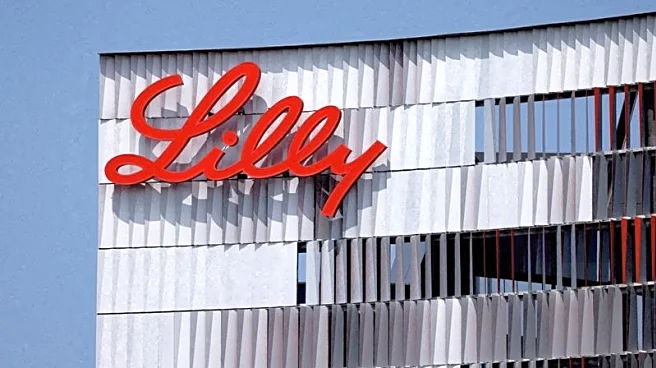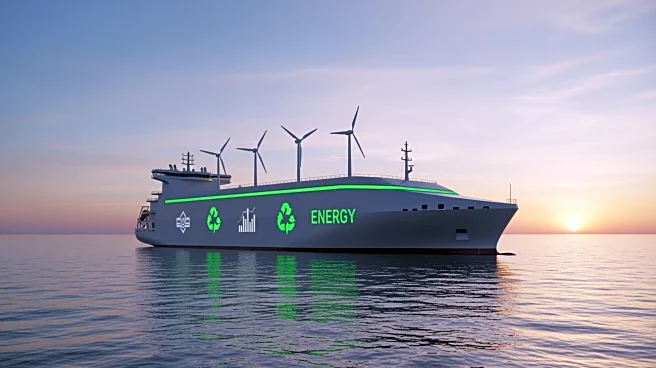What's Happening?
A study by the Global Maritime Forum suggests that the South Africa-Europe iron ore trade route could begin using ammonia-fueled bulk carriers by 2029, with a goal of full decarbonization by 2035. The
corridor, linking Saldanha Bay in South Africa to the Port of Rotterdam in the Netherlands, is poised to become a significant green shipping route. The study highlights the potential for Saldanha Bay to develop as a green bunkering hub, supporting South Africa's green hydrogen economy. Key steps to operationalize the corridor include creating a supportive contracting environment, engaging with South African government bodies, and mobilizing funding for infrastructure.
Why It's Important?
The transition to green ammonia as a fuel source represents a significant step towards sustainable shipping, aligning with global efforts to reduce carbon emissions. This development could position South Africa as a leader in green shipping, potentially boosting its economy and creating new jobs in the green energy sector. For the global shipping industry, this move could set a precedent for other trade routes, encouraging further investment in alternative fuels and infrastructure. The shift also aligns with international goals to achieve zero-emission shipping, contributing to broader climate change mitigation efforts.
What's Next?
The successful implementation of this green shipping corridor will require collaboration between governments, industry stakeholders, and financial institutions. The focus will be on creating policies and incentives that support the transition to alternative fuels. As the project progresses, it will be crucial to monitor its impact on trade dynamics and the global shipping industry. Stakeholders will need to address potential challenges, such as the availability of green ammonia and the development of necessary infrastructure.
